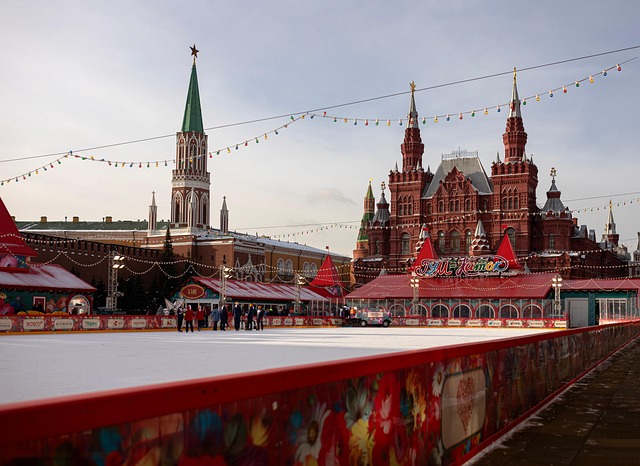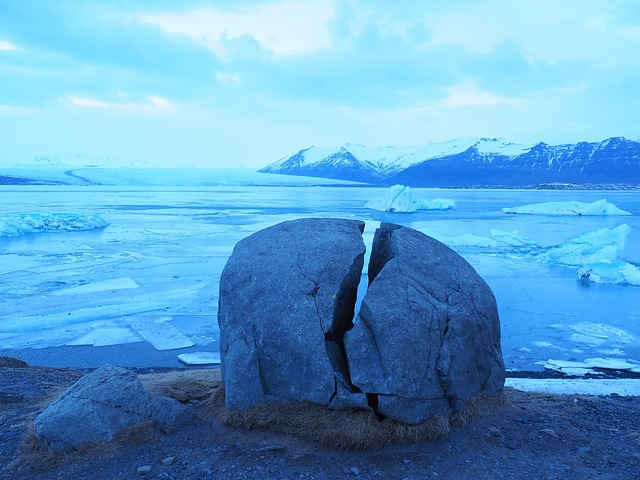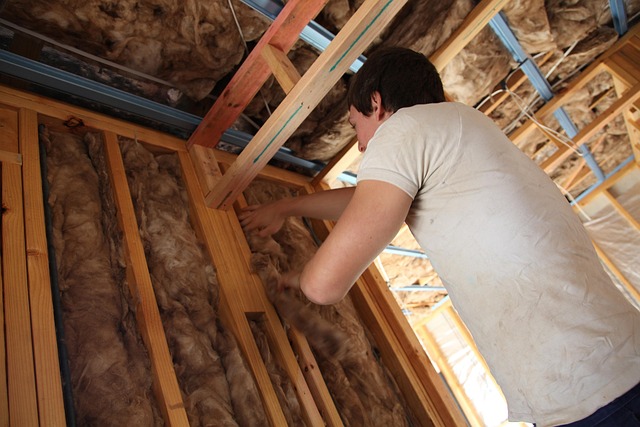When people think of a winter wonderland, images of pristine frozen lakes, bustling skating rinks, and glittering chandeliers often come to mind. Yet the very surfaces that give those scenes their charm are vanishing in a matter of decades. A growing number of public and private ice rinks are shutting down or converting to year‑round venues, and the reason is not a decline in interest but an irreversible shift in the planet’s climate. The warming of the planet has turned the once reliable foundation of the ice rink from a natural and affordable resource into a costly, uncertain commodity.
The Science Behind the Melt
Global temperature rises, driven by greenhouse gas emissions, cause a cascade of environmental changes that directly affect the viability of an ice rink. When ambient temperatures climb, the thermal load on a rink increases, forcing refrigeration systems to work harder and more often. The energy required to keep a surface frozen escalates, leading to higher operational costs and larger carbon footprints. Moreover, the frequency and intensity of heat waves reduce the window of opportunity for outdoor rinks to remain operational, pushing many to close early in the season or permanently abandon the sport.
- Higher average temperatures increase the energy needed to maintain ice quality.
- Shorter ice‑cover periods mean fewer skating days for communities.
- Increased frequency of extreme heat events forces early shutdowns.
Urban Rinks: A Double‑Edged Sword
City‑based rinks often rely on artificial refrigeration and climate control, making them seem immune to external temperature swings. However, urban heat islands, where concrete and asphalt trap heat, compound the problem. These localized temperature spikes make it harder to achieve the low ambient conditions that help keep the ice stable. As a result, municipal budgets that once covered a modest energy bill now face soaring costs, sometimes exceeding the revenue generated by ticket sales and concessions.
“The city’s own heat is a silent partner in the loss of our beloved rink,” said a local recreation director at a downtown facility that closed after three seasons of escalating power bills.
The Economic Ripple Effect
The shutdown of an ice rink sends shockwaves beyond the immediate loss of a sporting venue. Local businesses such as skate shops, cafés, and hotels experience reduced foot traffic, especially during the winter months when tourists flock to winter sports. Furthermore, youth programs that rely on skating for physical development lose a critical training ground, potentially impacting the region’s future talent pipeline. For small towns where an ice rink is a communal hub, the loss translates into decreased social cohesion and community pride.
Technological Adaptations on the Horizon
To counteract rising temperatures, innovators are exploring several technological pathways. Closed‑loop refrigeration systems that capture waste heat, solar‑powered chillers, and high‑efficiency compressor units can reduce energy consumption by up to 40%. Some rinks are also experimenting with advanced surface coatings that lower heat absorption, allowing the ice to retain its coldness longer. However, the upfront investment required for these upgrades is substantial, and many community rinks lack the financial flexibility to adopt them.
- Solar‑powered chillers harness daylight to supplement traditional refrigeration.
- Heat‑absorbing surface coatings reduce ice melt rates.
- High‑efficiency compressors lower electricity usage during peak cooling periods.
Policy and Funding: A Need for Action
Governmental support is essential for bridging the funding gap that many rinks face. Grants aimed at upgrading energy‑efficient systems or subsidizing energy costs can keep rinks operational while reducing their carbon footprints. Additionally, local ordinances encouraging green building practices can incentivize the use of renewable energy sources in public sports facilities. Policymakers must recognize the dual role of ice rinks as both cultural assets and climate‑vulnerable infrastructure.
Community Initiatives: Grassroots Resilience
Across the country, communities are stepping in to preserve their local rinks. Fund‑raising campaigns, volunteer maintenance crews, and partnerships with environmental organizations help keep the ice in place. Some towns have introduced “warm‑up” programs during off‑season months, converting rinks into multipurpose arenas that generate revenue and foster community engagement. These grassroots solutions illustrate that collective effort can mitigate climate impacts, albeit at a higher social cost.
The Role of Climate Policy in Ice Rink Preservation
Reducing greenhouse gas emissions is the most direct way to safeguard the future of ice rinks. Policies that limit carbon intensity in the power grid, encourage electric vehicle adoption, and invest in renewable energy will lower the temperature trajectory, extending the window for outdoor rinks to operate. Moreover, international agreements that set binding climate targets translate into a more predictable environmental backdrop for long‑term sports facility planning.
Future Outlook: A Balancing Act
Looking ahead, the survival of an ice rink will hinge on a delicate balance between climate mitigation, technological innovation, and community resilience. If global temperatures rise at the current pace, many outdoor rinks will likely be relegated to niche, seasonal use, while indoor rinks will become the norm—provided they have the financial means to upgrade. Conversely, a robust shift toward renewable energy and energy‑efficient refrigeration could allow rinks to flourish in a warmer world, turning a symbol of climate vulnerability into one of adaptive ingenuity.
Conclusion: Skating Toward a Sustainable Future
The story of the ice rink is a microcosm of the broader environmental challenge we face today. It is a reminder that even recreational spaces are not immune to the climate crisis. Yet the same crisis also spurs innovation and collaboration. By investing in technology, supporting policy, and engaging communities, we can preserve the joy and health benefits that an ice rink brings while advancing toward a more sustainable, climate‑resilient future.



